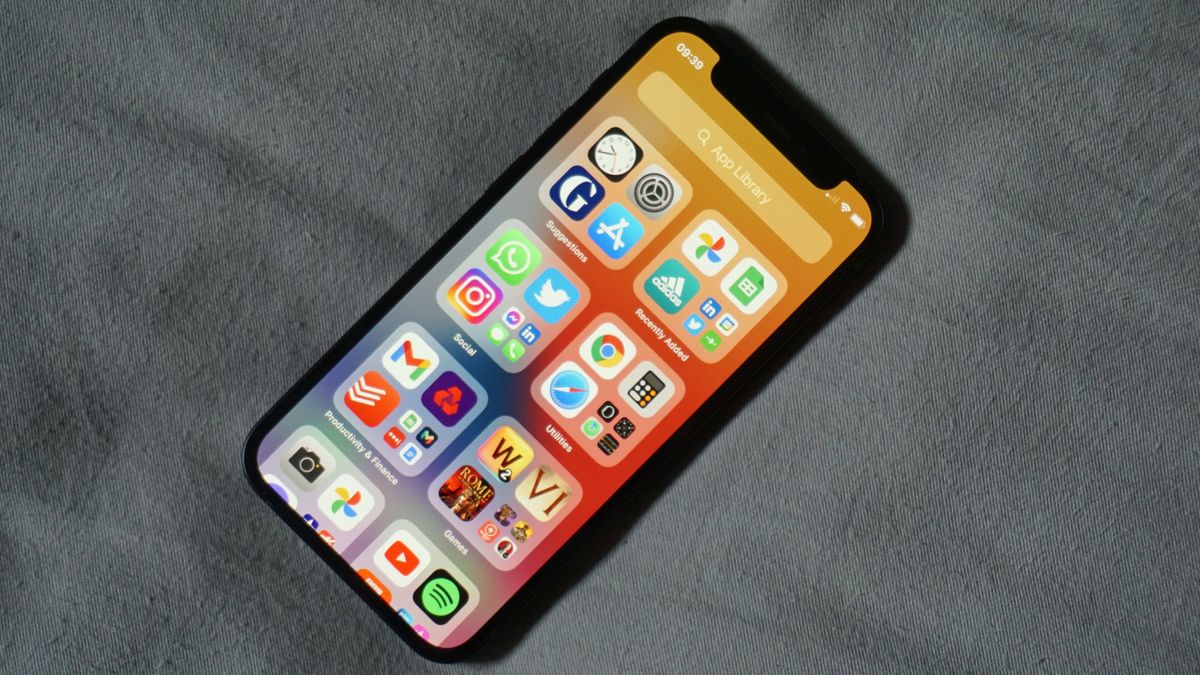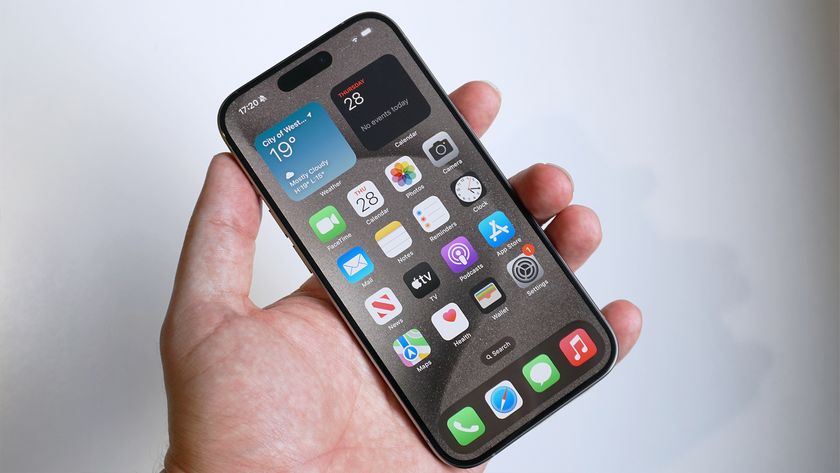iPhone 13 may support faster 5G, but that could come at a cost
Riding the mmWave

If you have a recent phone then there’s a good chance you can connect to 5G networks, but on most phones, in most places, you won’t be getting the best possible speeds from 5G, and the iPhone 13 could take steps to fix that.
That’s according to a report from DigiTimes Asia, which states – citing industry sources - that over 50% of iPhone 13s will support mmWave 5G. It’s not talking about models here, but rather total numbers. So in other words, over 50% of the iPhone 13s sold across the world will apparently support mmWave.
That’s a big change, because with the iPhone 12 range only US models support mmWave, with the rest of the world just getting sub-6GHz 5G support (in the US you get both). DigiTimes also claims that Android phones are likely to follow Apple’s lead here, as currently most of them only support sub-6GHz too.
- Read our full iPhone 12 Pro review
- Check out the best iPhone apps
- Everything you need to know about iOS 15
A higher frequency
For those who aren’t up to date on 5G lingo, these terms refer to the frequency of the radio bands that 5G signals are carried on. Sub-6GHz means frequencies below 6GHz, while mmWave (standing for millimeter wave) means higher frequency bands.
Those higher frequency bands have more data bandwidth and support for potentially much higher speeds, but they also don’t carry a signal as far (meaning more cell towers are needed), and they’re not as good at penetrating walls and other obstacles.
So there are upsides to sticking with lower frequencies, and that’s what most of the world – including the UK – has done so far. That in turn is why Apple didn’t offer mmWave 5G in the iPhone 12 range outside the US – because you wouldn’t be able to make use of it anyway.
It sounds like this could be changing with the iPhone 13 range though, and this is a claim we’ve heard more than once. The exact regions that could get mmWave models aren’t mentioned here, but it’s entirely possible that the UK and Australia will be among them.
Get daily insight, inspiration and deals in your inbox
Sign up for breaking news, reviews, opinion, top tech deals, and more.
Of course, we’ll still need mobile networks to start supporting mmWave before this is helpful, but at the very least it could future-proof the iPhone 13 range, as it’s likely only a matter of time before mmWave is made more widely available.
However, the downside to this move is that it could also mean price rises, as incorporating both mmWave and sub-6GHz support is more expensive than sub-6GHz alone. So it’s possible that Apple’s very expensive phones could get even more expensive this year.
Via Tom's Guide
James is a freelance phones, tablets and wearables writer and sub-editor at TechRadar. He has a love for everything ‘smart’, from watches to lights, and can often be found arguing with AI assistants or drowning in the latest apps. James also contributes to 3G.co.uk, 4G.co.uk and 5G.co.uk and has written for T3, Digital Camera World, Clarity Media and others, with work on the web, in print and on TV.
Most Popular








